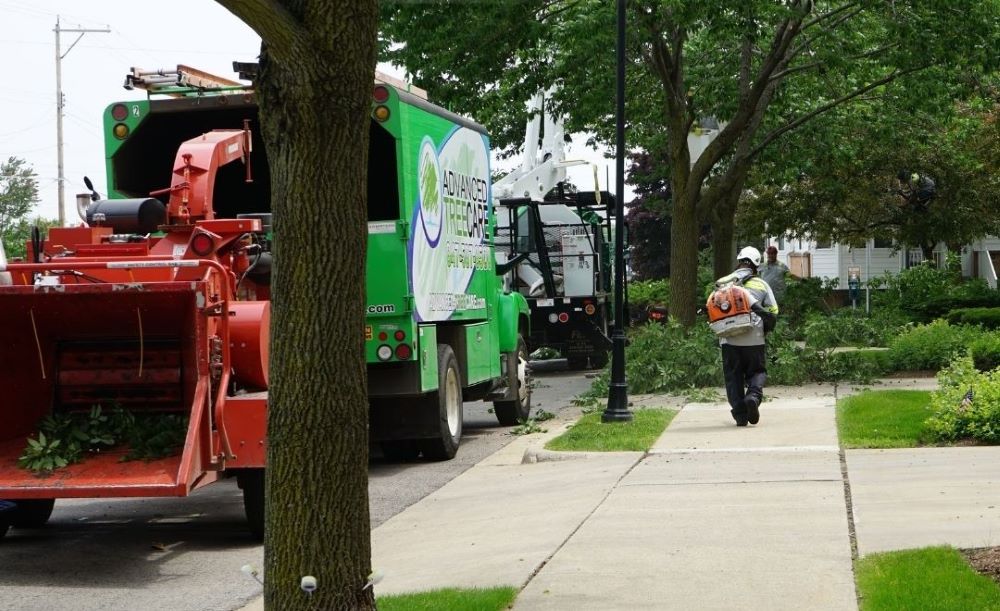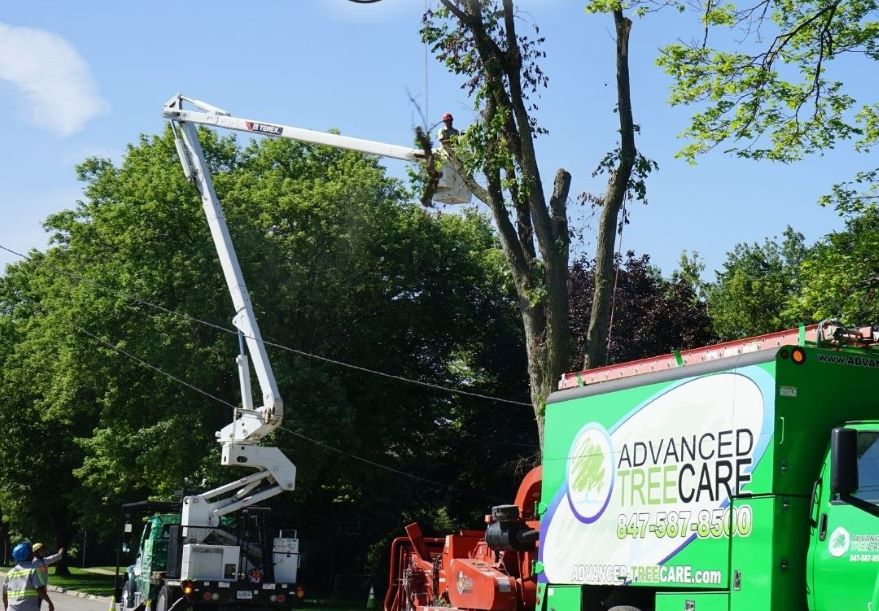How Education Can Help You Upsell and Retain Clients

By Mike Bramucci
You’ve worked hard to build a thriving landscape business. You already know that holding onto your customers is easier (and costs less) than finding new clients, but the seasonal nature of this business can make staying busy and profitable a challenge.
This is where educating your customers can help. Homeowners want to take care of their property — and their investment in it. Many place real value on improving curb appeal despite the changing seasons. Providing guidance on seasonal tree and plant care, as well as tree health, can help you upsell services and hold onto your clients.
The key is to streamline this ongoing education so that you and your staff can continue to focus on your core business. Here’s how to do it.
Create and share seasonal tree and plant care checklists
Like all of us, homeowners are busy. They aren’t tracking when it’s time to fertilize, water or prune. By guiding them on proper seasonal tree and plant care, you can provide additional value — and help them keep their property beautiful and its curb appeal high.
As the seasons change, reach out to your customers to share seasonal care tips. These can be delivered via email, provided via door hangers, and discussed in person when your crews are on site. Check out these sample seasonal care checklists appropriate for zones with cold winters and warm summers.

Fall: Preparing your landscape for winter
Proper seasonal plant care is not just about a fall clean-up and a tidy yard. It’s about proactive care to ensure the well-being of your trees and shrubs during the harsh weather to come.
- Mulch. Apply a layer of mulch around the base of your trees, extending it a few feet from the trunk. Avoid mounding the mulch at the base of the trunk.
- Water. Winter is a very dry season. Water your trees regularly and deeply, with a low, slow flow, right up until the ground freezes.
- Prune. Proper pruning reduces the risk of branch breakage, improves air circulation, and reduces the risk of certain fungal diseases. Prune dead, diseased, overhanging or weakened branches, but don’t prune newly planted trees unless disease or damage requires it.
- Protect. Wrap young trees’ trunks with tree wraps or hardware cloth to protect them from nibbling rodents and deer seeking food during the cold months. Stake trees that will need extra support from winter storms and wind; use soft materials and leave enough flexibility for the tree to sway slightly.

Winter: Tree care tips
Winter can be a stressful season for trees. Freezing temperatures, dry air, and prolonged exposure to ice can stress your trees. Preventive and ongoing winter tree care can help to reduce the risk of damage.
- Water. Water trees and shrubs regularly up until the ground freezes to ensure they have a reservoir to draw on during the dry months to come.
- Minimize salt exposure. Parkway trees are especially vulnerable to salt damage, as frequent snowplowing tosses drifts onto their trunks and road systems. Apply a layer of mulch around trees before it snows. After each snowfall, shovel large snowdrifts of salt-laden snow away from trees to reduce salt exposure.
- Cable or brace. Ice storms and heavy snow can increase stress on tree limbs. Consider cabling or bracing weakened, heavy, or overhanging limbs and branches.
- Protect tree trunks. Use trunk wraps and reflective tree guards to counter sunscald and frost cracks to protect young or vulnerable trees.
Spring: Preparing your landscape for the growing season
Deciduous trees and shrubs start to emerge from dormancy as early as February. You’ll first notice small buds, then early leaf growth before trees flower in April, May or June.
- Inspect. Examine trees before they fully leaf out. Look for cracked, broken, or diseased branches or signs of insect infestation.
- Prune. Consult a certified arborist on the best time to prune trees on your property.
- Remove. If any of your trees died or were damaged by winter weather, spring is a good time to remove them. Your tree care professionals are ready to help.
- Plan. Adding to your landscape? Spring is the ideal time to plant new trees to give them time to grow and establish a strong root system during the growing season. Consult your certified arborist for help choosing the right trees for your hardiness zone and landscape.
You can also provide ongoing advice on proper watering techniques, the best tree and plant species for your area and more. When your customers admire their properties in full leaf, they’ll know that you and your team are worth the investment.
Mike Bramucci is president of Advanced Tree Care, one of the largest tree service firms in Illinois, Wisconsin and Indiana tri-state area. A certified arborist, Bramucci founded the company in 2008. Advanced Tree Care brings together tree and landscape expertise with advanced technology and an intense focus on quality tree care and customer service. The team includes five certified arborists with 150 combined years of experience and a staff of 50 supervisors, technicians and support personnel. For more information, visit https://advanced-treecare.com.


